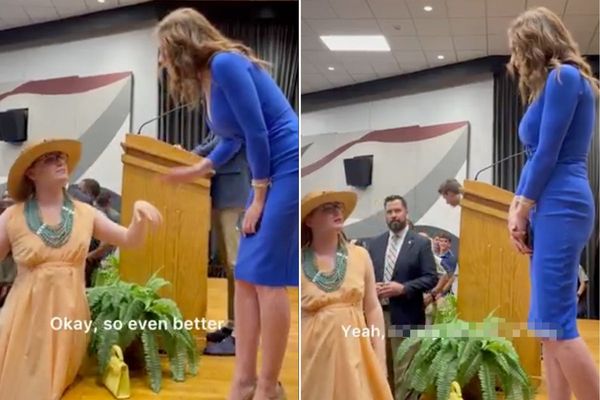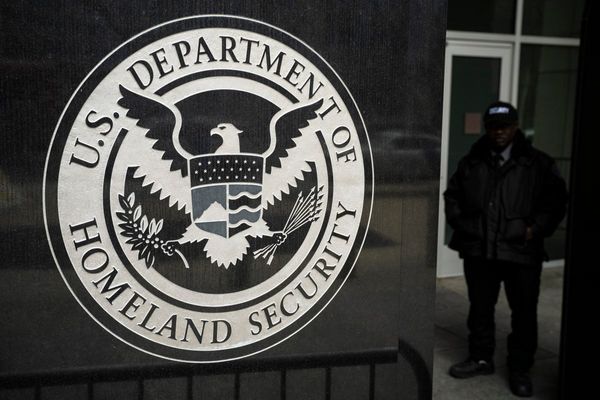Central Australia is known for rugged landscapes and hidden beauty in the outback, but some travellers are better at preserving the environment than others.
Conrad McKee recently took up the challenge of driving the Anne Beadell Highway.
The isolated unsealed track runs over 1,300 kilometres from Coober Pedy in South Australia to the Western Australian town of Laverton.
The solo trip usually takes four days and requires several permits, but his journey took six-and-a-half days because he spent hours picking up the rubbish of other travellers.
Mr McKee said he filled his trailer with rubbish three times along the way.
"There were empty stubbies, a couple of empty lolly wrappers, two bull bars and quite a few tyres, old oil drums, empty jerry cans where people had bought fuel, tipped it in and just placed it on the side of the track," he said.
"It was a game of Tetris trying to stack it all in.
"You never know what is going to be around the next corner that you might be picking up.
"The bull bars were by far the hardest thing trying to negotiate to get in the back of the trailer.
"On half a dozen occasions I had to unload most of the trailer and restack it just because of the nature of what I just picked up, the size of it, the shape of it, the weight of it."
With the help of local community members and rangers along the track he made three stops to empty the trailer.
"I just wanted to mix it up a bit and do something for the track and for the country," he said.
Leave no trace
Paul Warner from the Australian Four Wheel Drive Council said drivers should be doing the right thing in these unique places.
"We've always promoted the idea of whatever you take in you take out, because if you've had the space to bring it in you should have the space to take it back out," Mr Warner said.
"If the situation gets bad enough the people issuing permits are going to think twice about issuing the permits, or how they police the people they issue the permits to."
Mr Warner said a campsite on the Canning Stock Route had previously been shut down because of an issue with rubbish but has since reopened.
"Drivers should adopt the tread lightly principle," he said.
"Enjoy what's there, take memories and photographs, and leave no trace there."
An isolated spot
Mr McKee only passed other cars on two days of the six-and-a-half-day drive on the Anne Beadell Highway.
The only facilities along the way are a single roadhouse and basic camping sites.
He said the challenge, remoteness, and changing scenery were part of what makes it special to him.
"Here in Australia, it's the second longest track after the Canning Stock Route,' Mr McKee said.
"There's probably only about 400 people, in a good year, who travel the Anne Beadell.
"It's a remote track that tests man and machine, and it's a dear track to me."







